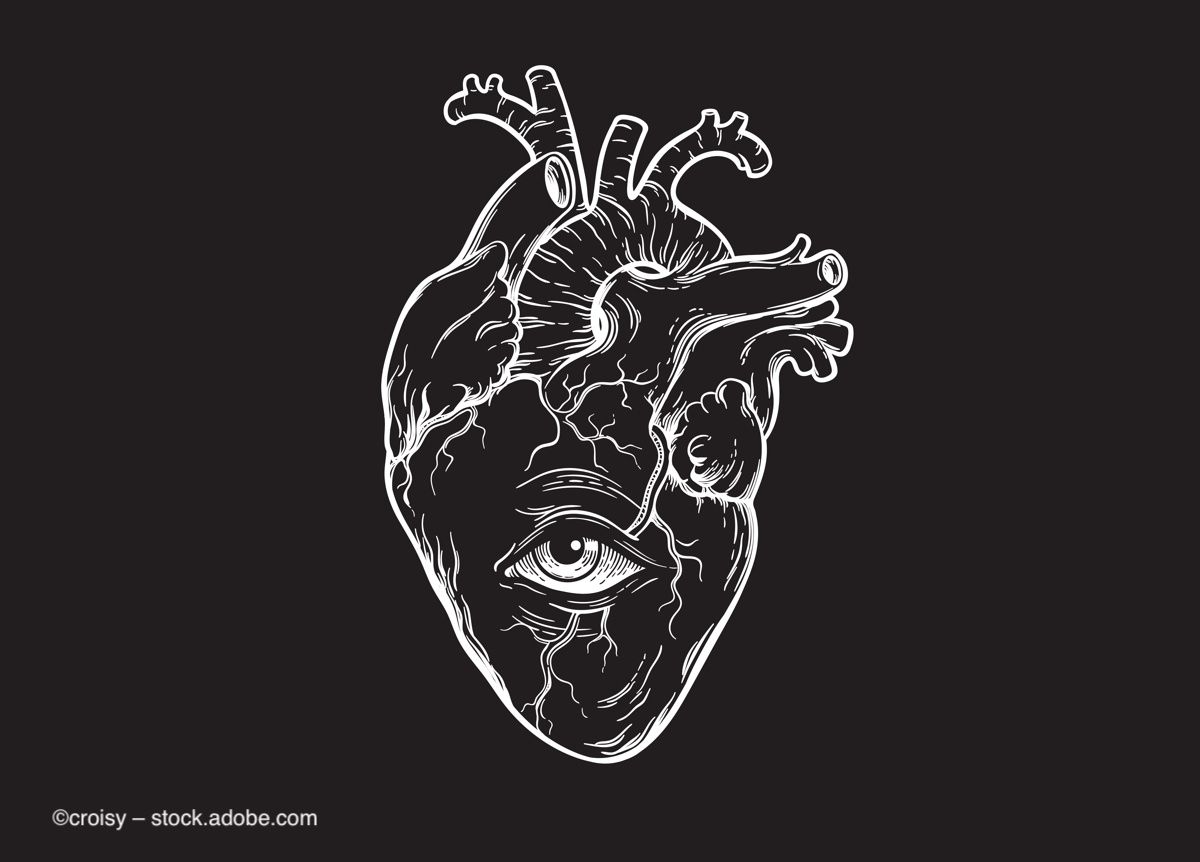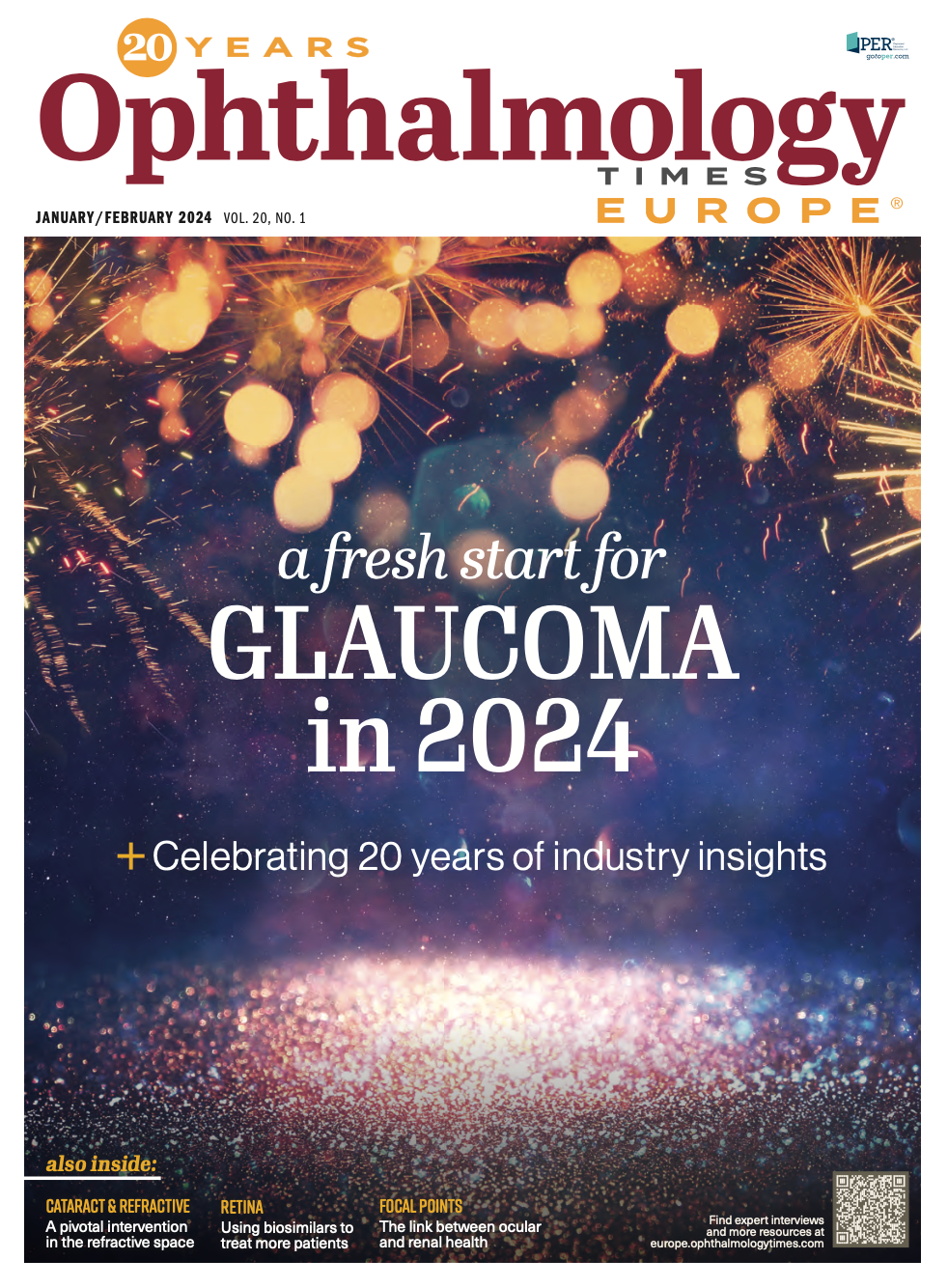Listening to the heart: Lessons from cardiology in remote monitoring and AI
Physicians explore how other specialties adopt and integrate remote monitoring
Developments in nAMD disease monitoring have not kept pace with home monitoring for other conditions, says Professor Loewenstein. Image credit: ©croisy – stock.adobe.com

Therapeutic innovations have addressed some of the unmet needs in neovascular age-related macular degeneration (nAMD) treatment, such as extending durations between anti-VEGF injections. Unfortunately, developments in nAMD disease monitoring have not kept pace and retina specialists still require patients to be imaged in an office setting. This generates bottlenecks in clinical workflow, increases patient burden, and offers scant data for personalized treatment for this very heterogeneous disease. These are driving factors for inferior outcomes for patients with nAMD in the real world compared with clinical trials.
The ForeseeHome AMD Monitoring Program (Notal Vision) introduced retina specialists to the potential advantages of remote monitoring, and the real-world benefits of using the platform to help detect conversion from intermediate AMD to nAMD have been described in the literature.1 Artificial intelligence (AI)-powered, home-based optical coherence tomography (OCT) platforms are the next step in remote monitoring for nAMD and could empower clinicians to practice even more precise and patient-specific medicine.
Excited though they may be for home OCT, some retina specialists have lingering questions about how including home OCT in patient treatment will affect reimbursement, workflow, and liability. Rather than speculating in a vacuum about the future of remote monitoring in ophthalmology, it is better to explore how other specialties in medicine adopted and integrated remote monitoring into their care plan frameworks.
To this end, I sat down with Ajay V. Srivastava, MD, FACC, an advanced heart failure cardiologist at Scripps Clinic La Jolla, in California. Srivastava’s field has extensive experience with remote monitoring, much of which informs how eye care providers might envision the future of practice. We spoke about how fears of long-term lost revenue because of remote monitoring never materialised, how his field overcame initial workflow hiccups and how framing remote monitoring as a longitudinal endeavor meant practices were not subject to increased liability.
—Anat Loewenstein, MD
Anat Loewenstein, MD: Finding a one-to-one comparison of remote monitoring platforms in two distinct specialties proves challenging. Are there any remote monitoring platforms in cardiology that resemble home OCT technology, which is the next remote monitoring modality likely to debut in ophthalmology?
Ajay V. Srivastava, MD, FACC: While ophthalmology and cardiology seem worlds apart, after learning about the remote monitoring approaches you are exploring, I think we have a lot in common. Both home OCT platforms and remote monitoring platforms used in cardiac care for biometric and heart failure monitoring share unique characteristics. Take the CardioMEMS heart failure system (Abbott), for example, which prompts early intervention in heart failure patients by monitoring pulmonary artery (PA) pressures via an implanted PA sensor.
Patients are required to transmit readings on a regular basis (daily or once or twice weekly, based on clinician discretion) from their homes. For CardioMEMS patients, this means lying on a pillow that transmits the readings to the cloud from the implanted sensor; with home OCT patients, this means conducting an imaging test with their home-based device. For both platforms, the at-home portion takes only a few minutes, is easy to understand, and provides vital data to clinicians. Doctors set their patient-specific parameters to alert their clinic when a patient’s data profile warrants visits to the clinic.
Loewenstein: Concerns about reimbursement, workflow, and liability are moot if patients don’t embrace remote monitoring. Given that cardiology has had over a decade of experience with remote monitoring, what insights can you offer about real-world adoption?
Srivastava: If adoption of remote patient monitoring as a whole or CardioMEMS in particular serves as a reliable indicator, then we can say with confidence that cardiology has made significant strides in embracing remote patient monitoring. A 2022 study found that the rate of adoption nearly quadrupled during a 4-year period, from 5,500 implantations in 2017 to 20,000 in 2021.2
Still, widespread adoption hasn’t occurred. Patients must learn to use the device correctly if they are to remain [adherent]. Doctors must adjust clinical workflows to accommodate new visit patterns, reimbursement models need to ensure financial stability of prescribing clinics, and providers must understand whether new technology leaves them open to additional liability.
Loewenstein: Liu et al3 found that daily home OCT imaging was feasible. Successful operation of home OCT platforms may have been, in part, due to a tutorial video patients watched when they first received their device. More broadly speaking, how has patient education factored into adoption of these technologies?
Srivastava: Cardiology has also learned that tools empowering patients fosters buy-in from patients. In my estimation, patients who are educated on remote monitoring technology possess agency in their health and often remain [adherent], often with the added benefit of adhering to office visits.
Support from device makers to ensure patient [adherence] may be key for home OCT to succeed as a remote monitoring platform. Cardiology’s remote monitoring technology debuted without a framework to nudge patients toward [adherence] if they fell out of practice, and having that support might get some patients back on track. If companies producing home OCT platforms include [adherence] monitoring and patient engagement as a digital health care service, maximum benefit may be achieved.
Loewenstein: How disruptive was remote monitoring to your typical clinical workflow?
Srivastava: Before remote monitoring, we only saw patients in a clinic or hospital. Remote monitoring opened a new avenue for patients to access care, and that meant that as doctors we were forced to adjust our workflow patterns. Doctors who knew that clear structures were essential for effective workflow eased into remote monitoring, running pilot programs to see how their offices would change after adopting new technology.
Some doctors resisted remote monitoring because they did not want to adjust their workflows, but many of them eventually adopted these new platforms. If they would not use the technology, other clinics would—and that meant that patients started flowing toward clinics that embraced innovation.
My advice to both companies and practices is to work closely to create workflows dedicated to individual practices or health systems, rather than using a one-size-fits-all model. Workflow optimization is an important but certainly a solvable challenge to be overcome.
Loewenstein: I can envision a scenario where a provider worries that using home OCT to monitor fluid volume in a [patient with wet AMD] makes them responsible for monitoring overall retinal health—and subject to malpractice lawsuits if they fail to detect other pathology. Does using remote monitoring subject providers to greater liability?
Srivastava: Use of remote monitoring has not resulted in increased liability for cardiologists. Longitudinal data collection via remote monitoring for chronic disease management cannot replace or replicate in-person examination, and these technologies are narrowly tailored to observe long-term data in a single disease state. As long as we remember that, then all stakeholders can agree that these technologies supplement—but do not substitute for—providers, and that their role is not to detect acute pathology. There were certainly liability concerns in cardiology when we started adoption of remote monitoring, but for the most part, we don’t currently see this as much of a concern.
Loewenstein: Thank you for sharing your experiences.
Srivastava: Ophthalmologists may be on the precipice of a major change, one that benefits doctors and patients alike. Providers must plan with foresight and intention to ensure that the potential of remote monitoring is fully realized.

